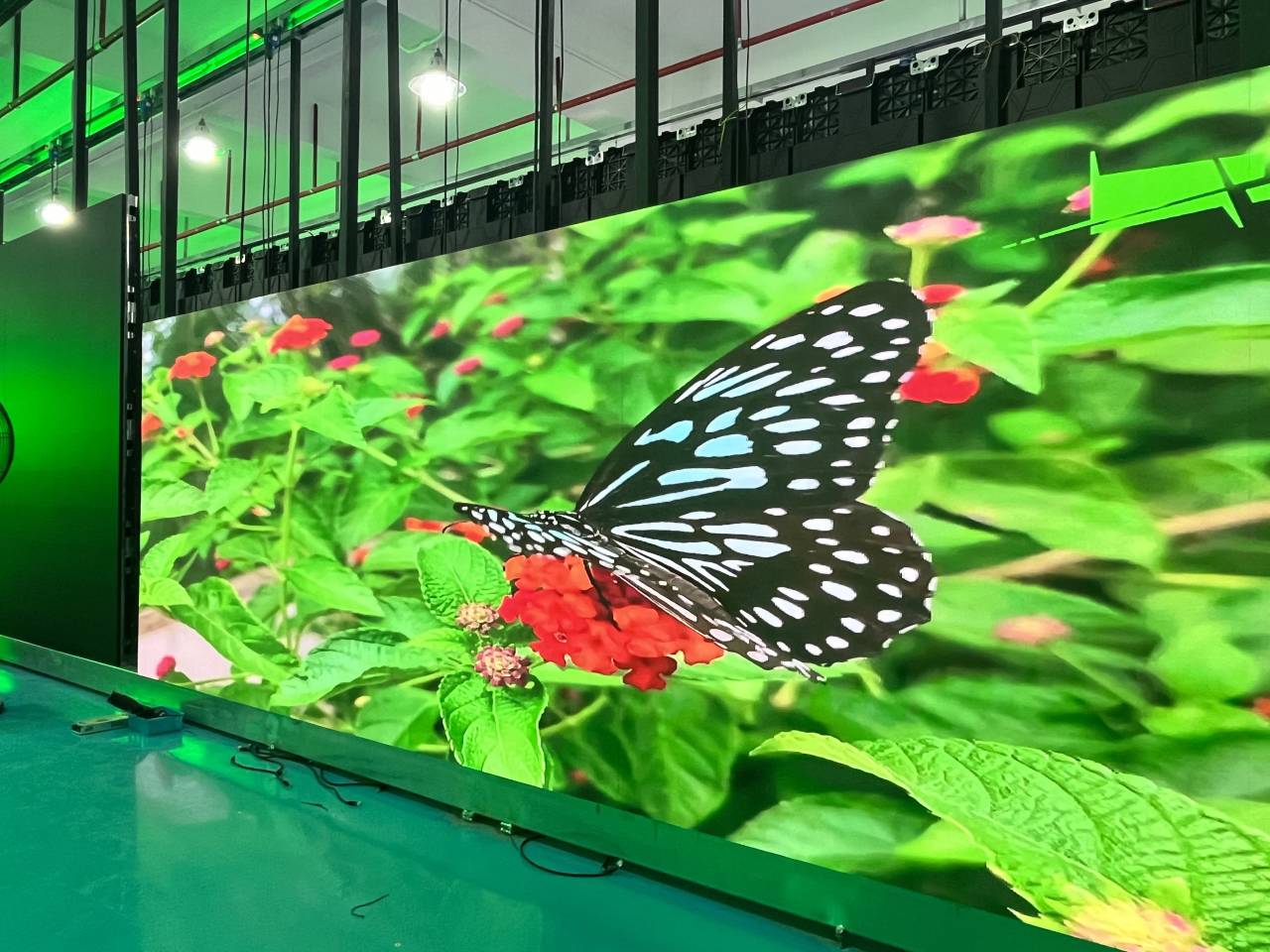Demystifying Luminescent Wall Panel Brightness Measurements for Optimal Display Performance
Demystifying Luminescent Wall Panel Brightness Measurements for Optimal Display Performance
Blog Article
LED panel panels have become increasingly favored in various settings, from residences and businesses and public areas. Such screens are recognized due to their bright and vibrant visuals, which render these suitable to conveying data, advertisements, as well as entertainment. However, comprehending the illumination measurements of Light Emitting Diode wall panels is essential to ensuring optimal visual performance. Brightness is measured using units known as nits, that show how much light is emitted from a panel. The higher number of quantity in candelas, the brighter the visual is. For instance, example, one panel with one thousand candelas is considerably brighter than one featuring five hundred nits, making this one more suitable in well-lit settings.
When selecting a Light Emitting Diode wall screen, one becomes crucial in consider which environment in which the screen will be placed. In well-lit illumined spaces, like retail environments or open-air locations, a increased brightness level is necessary for guaranteeing clarity. On the other hand, in dimmer settings, such as cinemas and meeting spaces, a lower illumination rate might suffice. This is because unnecessary brightness in a dark environment may result in viewer discomfort among the audience, causing it harder to focus on a screen. Thus, comprehending the specific requirements of the setup site will aid in choosing the suitable brightness rate to ensure ideal visual experience.
A further crucial element to take into account the contrast contrast ratio of the LED wall panel. This ratio ratio indicates the disparity exists between the brightest white versus the darkest black black which the screen can produce. A higher contrast proportion indicates the display can it can show greater clarity as well as depth, thereby improves general visual quality. For instance, one panel boasting an differential proportion of ten thousand to one is able to show visuals with more vivid colors and crisper features compared to one with a ratio of 1,000:1. This becomes especially crucial when displaying visuals or motion graphics which demand greater definition as well as detail, such as presentations or advertising content.
Additionally, the mechanism behind Light Emitting Diode panel screens plays a essential part for their brightness and total efficiency. Different types of LED technologies, such as Organic Light Emitting Diode as well as Liquid Crystal Display, have unique traits which affect the way luminosity is perceived. OLED panels often provide better contrast as well as darker shades, which can improve the viewing experience in dim settings. On the other hand, traditional Light Emitting Diode screens may be more suitable in well-lit spaces due to their capacity for produce greater amounts of brightness. Comprehending these tech-related variances can help users in deciding on knowledgeable choices based on specific individual custom screen sizes for specific needs needs.
In conclusion, regular care as well as adjustment of LED panel panels can assist maintain optimal illumination as well as performance over time. Dirt and particles can build up on the screen, affecting its illumination and sharpness of the visual. Regular washing as well as expert calibration may ensure that panel panel operates in its optimal, offering consistent image clarity. Additionally, certain advanced LED panel panels feature with built-in options that enable users to modify illumination levels and hue adjustments based on their wants. By taking such steps, operators will guarantee a fantastic read that their Light Emitting Diode wall screens deliver the best visual efficiency, regardless of where environment where which these are placed.